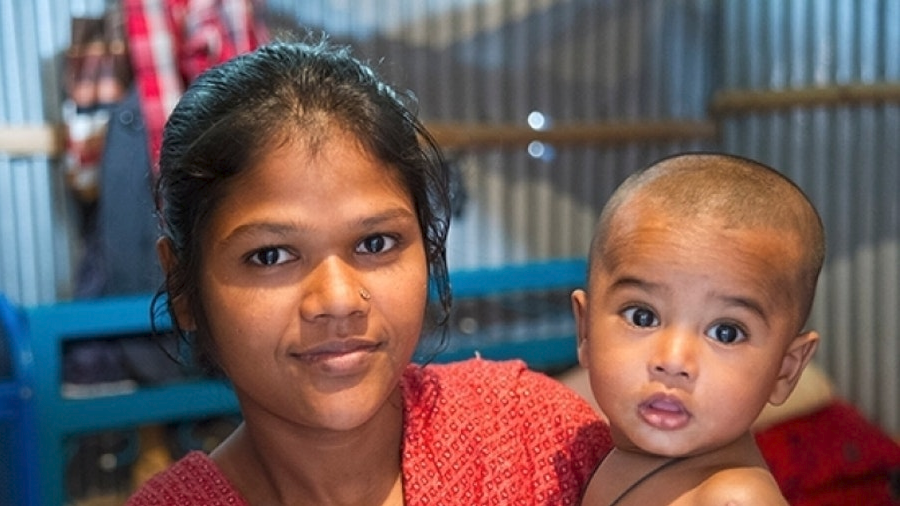
Pic: World Bank (Image for representation purpose only )
Over the next seven years, India could save $5 billion (Rs 33,500 crore) in healthcare and related costs if it eliminates child marriage and early childbirth, according to a new report by the World Bank and International Centre for Research on Women (ICRW), a global research institute.
For perspective, this is equivalent to the country's 2017-18 higher education budget of Rs 33,329 crore.
Globally, $17 billion (Rs 1.14 lakh crore) could be saved across 18 countries by 2030 -- of which India accounts for $10 billion (62 per cent) due to its large population, said the report.
Eliminating early marriage and births reduces population growth, which in turn reduces pressure on government budgets; lower population growth across 106 countries from ending child marriage could save up to $566 billion per year in 2030.
Child brides face violence, abuse and exposure to HIV/AIDS and other sexually transmitted diseases, are more likely to drop out of school and give birth as adolescents. Adolescent pregnancy can lead to several health problems -- anaemia, malaria, HIV and other sexually transmitted infections, postpartum haemorrhage and mental disorders -- according to the WHO.
The proportion of girls marrying before legal age increased from 1.78 per cent in 2001 to 2.45 per cent in 2011 in urban India and declined from 2.75 per cent to 2.43 per cent in rural India over the same period; 70 districts spread across 13 states reported "high incidence" of underage marriages, and account for 21 per cent of the country's child marriages.
Nearly 17 million children between the ages of 10 and 19 are married, with six million children born to them and they form 47 per cent of India's population that is currently married. Of these married children, 76 per cent, or 12.7 million, are girls, reinforcing the fact that girls are significantly more disadvantaged.
The World Bank-ICRW study adds an economic dimension to the problem, which could be an incentive for India and other countries to work harder to eliminate child marriage and early childbirth.
In the first few years after the elimination of child marriage and early child births, no impact is estimated on the size of new cohorts entering school, the study said. Eventually, there is a reduction of the size of the cohorts, increasing over time, which can potentially lead to education savings.
As many as 280,000 married girls in the age group of 15 to 19 have already given birth to four children, which is an increase of 65 per cent from 170,000 in 2001, IndiaSpend reported in 2016.
Ending child marriage "could entail a cost for households and governments assuming that some of the girls who delay marriage are also able to pursue their education further", the study noted. "If girls who do not marry as children pursue their education further, this would entail costs for both families (out-of-pocket and opportunity costs) and governments (given that many girls would attend public secondary schools). These additional costs would offset some of the benefits."
As many as 1,403 women have never attended any educational institution for every 1,000 men who have not done so and this ratio increases sharply from the age of 17 till the 30-34 year age-group where it is 2,009 -- which means for every man who has never attended an educational institution, there are two women who haven't.
In developing countries, girls with less access to quality education are more likely to marry early, argued Quentin Wodon, an advisor with the World Bank's education department, in a May 2014 article.
However, the study said that while economic costs should not be the sole rationale for investment decisions related to child marriage, they are an important consideration.
"The lack of adequate investments in many countries to end child marriage is likely due in part to the fact that the economic case for ending the practice has not yet been made forcefully," the study said.
(In arrangement with IndiaSpend.org,a data-driven, non-profit, public interest journalism platform. Devanik Saha is at the Institute of Development Studies, University of Sussex. The views expressed are those of IndiaSpend. Feedback at respond@indiaspend.org)
--IANS/IndiaSpend